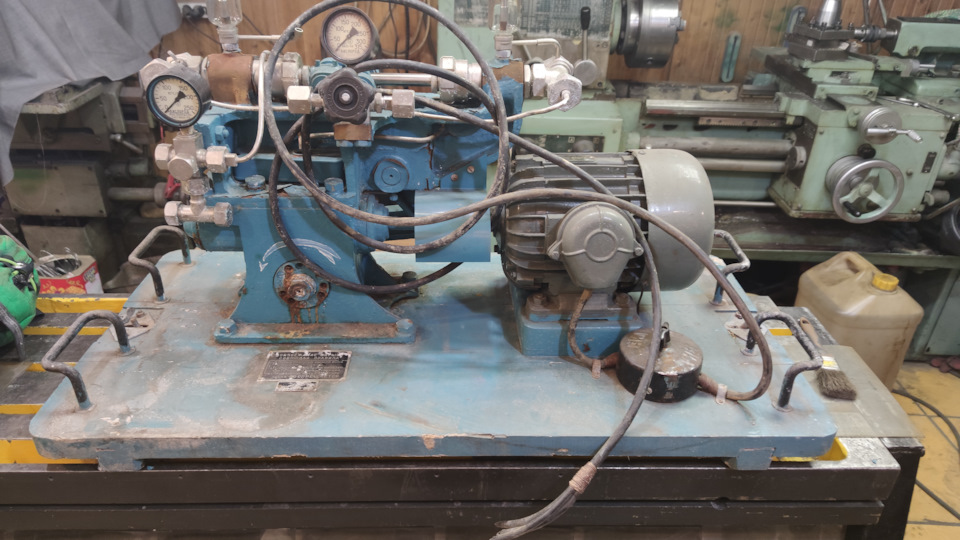any time the inlet pressure is lowered, there is increased heat generated and the efficiency is lowered. I HIGHLY doubt the rest of the industry is using regulators to slow the thing down. It is a red-neck bandaid to proper engineering. The total cost of the unit changes by essentially $0 to use a 3p motor and VFD compared to a 1p motor *which are more expensive* and a good regulator.
The industry, when capacity control is required, uses regulators on the inlet, it is the proper way to control the outlet conditions. (BP regs controlling inlet receivers are the same thing)
That said, an inlet regulator which is used to make a booster operate below its minimum or maximum ratings is not a good idea.
This is a limit for E drive boosters vs air drive, air drive makes speed control easy and offers massive bandwidth, E drive restricts you way more. Any home blender, especially with respect to Oxygen, should be using air drive boosters. VFD or not, eclectic drive booster are not appropriate for home blending applications when O2 is a consideration.





